Move Like You Would in a Dream...
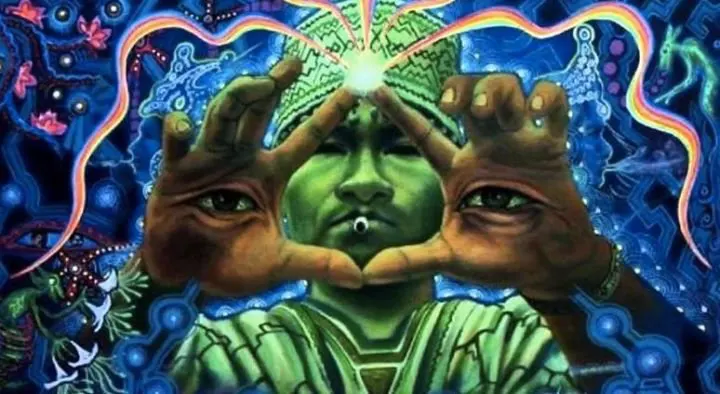
16/08/2022
By Maksem Manler
To the rationally oriented, the realm of using the mind to move presents a rather challenging concept. Challenging because it seems impossible.
'Moving with your mind' implies that you just think of moving a limb and voila - the limb magically moves by itself without using muscles. Whilst this sounds ridiculous, this is actually a process we are aiming to master with Siu Nim Tao practice.
So, in this article, I would like to dive into what it means to move with your mind. There are several components we should explore to help orient ourselves towards our goal of moving with the mind.
Component #1 - Why move with the mind?
Component #2 - Is it possible to move with the mind?
Component #3 - Mental conditions for moving with the mind
Component #4 - Qualities of the correct mental state
Component #5 - How to practice moving with the mind?
Component #1 - Why move with the mind?
If you are familiar with CST Wing Chun then you will know that our power source is our total body weight. In order for us to utilize our total body weight, we require access to our center of mass at all times, unimpeded by tension. This basic requirement for a CST practitioner means we have a strong focus on remaining relaxed whilst moving our body. Any tension interferes with our ability to tap into our body mass.
As we search for ways to remain relaxed whilst moving our limbs, we look for alternatives to using muscular force. The name 'Siu Nim Tao' indicates a method for this task - use your mind to move instead of your muscles. If we can replace the muscles with something else, then we can drastically reduce tension and therefore remain connected to our center of mass at all times, hence maximizing our power output.
So then, how is it that our mind can 'replace' our muscles? As we have discussed previously about the role of ligaments in another article, the ligaments do not act in the same way as the muscles. They are essentially slow stretching, tough bands of dense connective tissue with proprioceptive nerves that take a high level of neural power to control. We essentially have to fill the ligaments up with electrical charge to induce a state where the ligaments are uncontracted, taut and elastic like a tight drum. This process was called by Ip Man, "Lap Nim" (establish idea). Chu Shong Tin explained that we need to fill up our joints with mind force in order to keep them in an elastic and ready state.
Component #2 - Is it possible to move with the mind?
We need to be clear about what we mean by moving with the mind. Even when we use muscular force we are still using our mind to initiate movement. Without mind, we would not be able to move at all. Without mind, we would be dead.
We really need to ask the question in a different way because what we really want to know is this: 'can you really move without using muscles?'. Let me recall an experience I had years ago.
About 20 years ago I learned about people who induced out of body experiences (OBE). The name for it is called Astral Projection or Lucid Dreaming. The idea is to leave your physical body and jump into some kind of ethereal body so you can fly around and remain awake in a dream state. I had heard meditators have these kind of experiences along with Yogis during meditation. As a naturally curious person, it tickled my imagination and so I bought a few books, read all about it and got to practicing some OBE induction techniques.
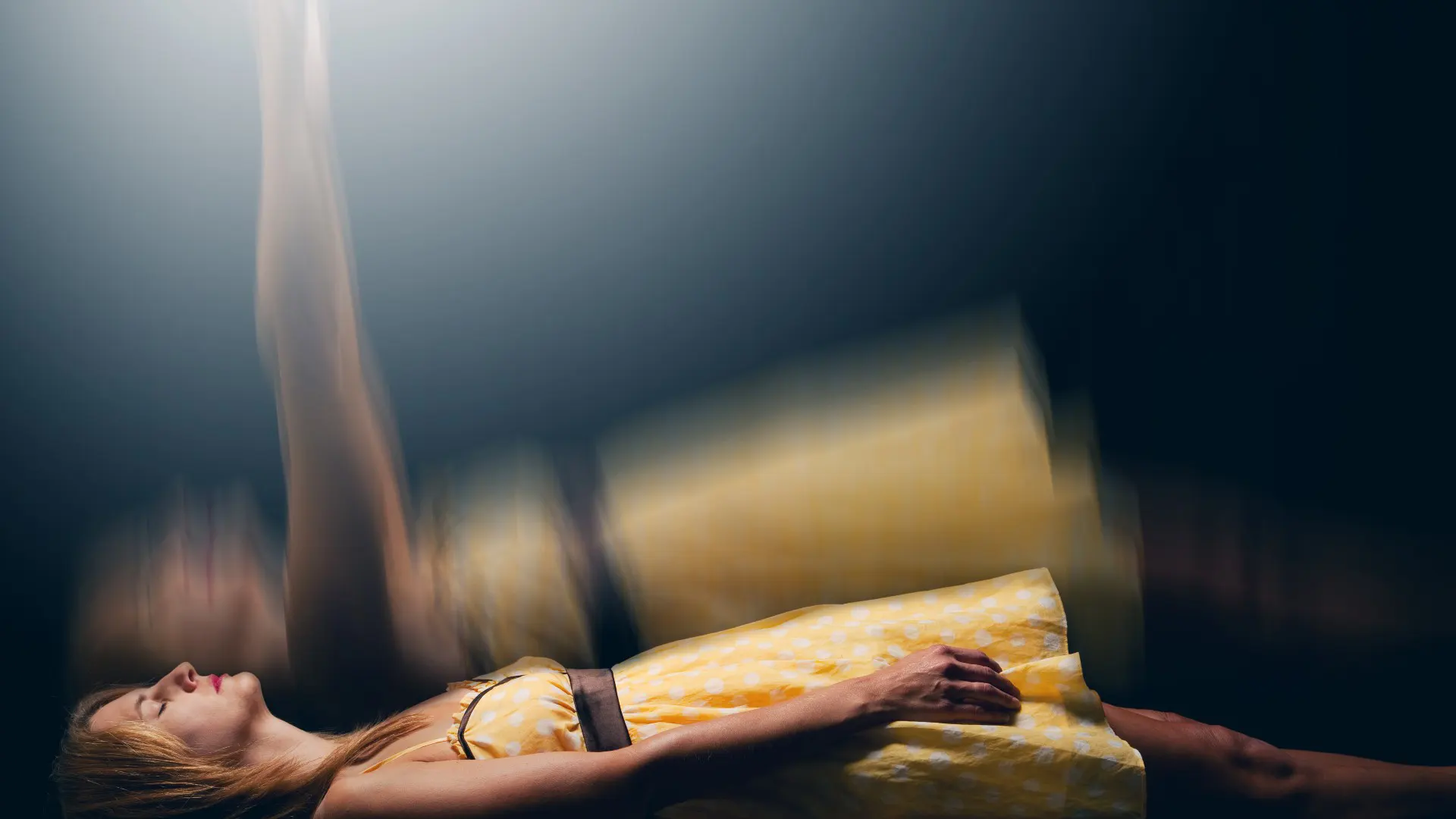
After laying down and consciously relaxing my body for an hour (part by part), I began to imagine climbing a rope using a sequential hand pulling action to pull myself out of my body toward a point of focus in front of my closed eyes. I had been repeating this visualization for only five or six minutes and thought I should be starting to feel like I'm coming out of my body, but I wasn't getting the sense that it was working. So I opened my eyes and to my amazement, my physical arms were actually performing the sequential rope pulling action that I was mentally envisioning! I was only trying to think about it and not physically do anything. Nothing physical was meant to happen, yet my arms were automatically going through the motions of rope climbing. When my eyes were closed I had no sense of using any physical effort because it was only happening in my imagination and so it was very unexpected when I opened my eyes and found that my arms were actually doing exactly what had been repeating in my imagination. So, I didn't quite have an out of body experience, instead I had an in-body experience of directing arm movement with my imagination.
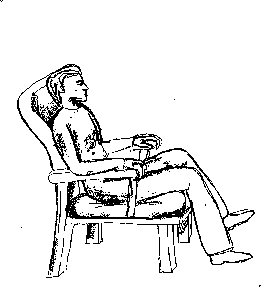
The imagination is incredibly powerful. Think sexual thoughts and you will find your body experiencing pleasure - there will be physical signs like swollen genitals, red cheeks, dilated pupils etc. Think of a painful experience and tears may well up, your heart might ache or you might even wince. Think of something frightening and you might feel butterflies in the tummy or clammy palms. Think of a time of pure joy and you may laugh, cry or experience ecstasy.
Which leads us to the control mechanism of this phenomena...
Component #3 - Conditions for moving with the mind
Imagination
The brain responds in the same way to imagined experience as it does to real experience. Of course we know the difference between what we sense in the physical world and what we imagine in our minds, but the brain responds to both in the same way. This means we are touching on the idea that the imagination can conceive an idea that can have a real world effect inside your body.
Desire
Consider that not everything we imagine comes true...thankfully! The imagination by itself is passive. It needs another ingredient in order to come to life. That something else is desire. Desire itself is a longing or an urge for something to become real. Without desire, imagination is just passive viewership and will lack momentum.
Desire itself drives action. It is a motivating force which, when present (switched on) acts like a constant magnetic field or dielectric acceleration toward a null point. When desire and idea work together, we have what I would call intent.
Desire itself seems to be a catalytic agent necessary to generate a neural impulse through your nerves. It is the wanting to place your entire body weight at a point outside yourself that creates the effect, as long as the body is relaxed and not physically forcing the idea. This is the paradox - that you physically must not do anything, yet still have the intention of the idea occurring in real time.
Brain Region
It is also not enough to just have an idea infused with intent. Anyone can have the above two points. What separates our lineage from just about every other lineage of martial arts that I know of is the use of a specific brain region. We all know this region as the 'Nim Tao' - or in scientific language, the posterior parietal cortex.
It is well known in the Chu Shong Tin lineage that he discovered his Nim Tao point by touching around the top back of his head when generating the Wing Chun power and discovered that he was using this point in his brain to move. So this means that our thought must originate in the correct area of the brain in order to activate the correct circuits in the body. It is said by neuroscientists that this brain region facilitates subconscious processes. Therefore, we can speculate that generating ideas in this brain region will plant them into the subconscious mind and imbibe our ideas with the power of our subconscious.
Side note - it should be noted that when I use the words "thinking" or "thought" they are intended to be understood as verbs and not nouns. We are "thinking" our idea to life and not simply thinking about our idea. This qualitative difference is worth noting. Moving on...
Component #4 - Cultivating the correct state of mind
How then do we cultivate the correct mind state in which we can generate ideas infused with intent from our Nim Tao region? The requirements for the correct mental state consists of six ingredients and are in no particular order of importance. When taming the mind, working on any one of these particular aspects naturally induces the other qualities at the same time.
- Emptiness
- Presence
- Idea
- Intent
- Focus
- Concentration
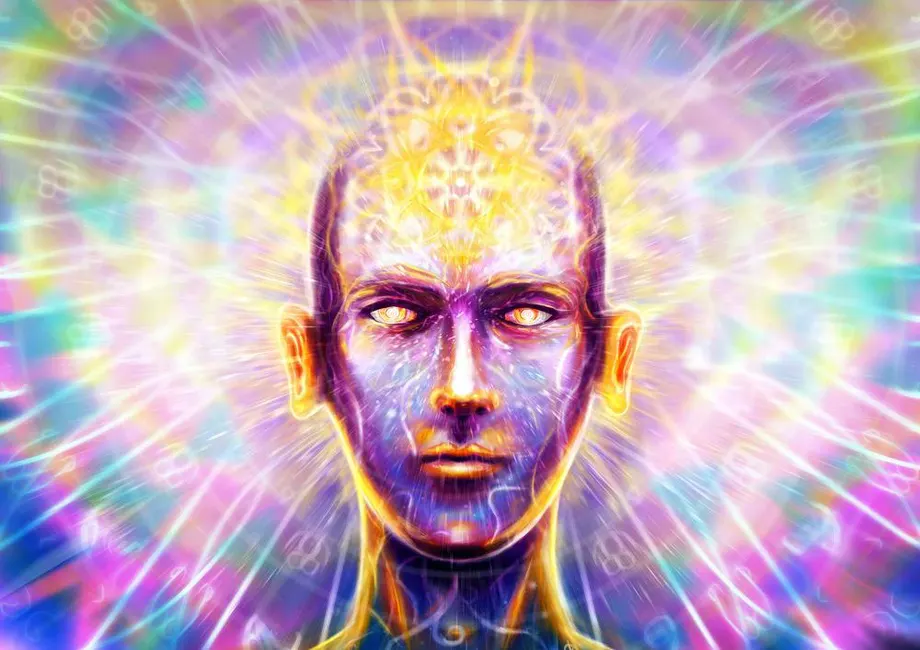
1. Emptiness
The state your mind is in before an idea or thought arises is called emptiness. I also call it pre-thought. We need to reduce neural activity and remove disruptive nervous impulses flowing around our nervous system first. In order to loop an idea in mind and build up its power, we benefit greatly by removing unnecessary thoughts and attaining a state of mental calm and stillness. It is like becoming a blank canvas before applying paint. To use a cliched analogy, you need an empty cup before it can be filled. Your mind needs to be in an undistracted and "empty" state before you can generate a fresh, new idea infused with desire.
2. Presence
Being present means you are paying attention to the current moment and not distracted. Having a mind that is undistracted makes you present. Being present is a fundamental requirement for an idea to take effect in real time. If I think of impulses flowing through my forearm, I need to be aware that these impulses must flow through my nerves in real time as I'm thinking it. When is the thought happening? Now, of course. You have to be thinking in the now.
3. Idea
The content of your idea determines what effect will result. In this regard, it is important that you have the right ideas in mind by understanding the theory of Wing Chun. For example, letting your ligaments and muscles release, triangulation of your entire body mass to a point of focus, using circular shapes and straight lines, filling up limbs with Qi etc. These are all examples of ideas that will create different effects. Having the right ideas is essential.
4. Intent
Desire needs to be infused into the idea as discussed earlier in order for the thought to attain a degree of tangibility and affect the body. Intent does not mean to physically force though. It is a light urge for the idea to be in motion and working in real time. The idea of not using force is a constant in Wing Chun.
5. Focus
Your mind must have an idea to focus on. The way we think of mental focus in CST Wing Chun is not a forced focus, but rather a natural and easy focus that results from relaxing the mind, and automatically thereby relaxing the tendency for the mind to distract. Which moves us into concentration...
6. Concentration
Distraction is a difficult problem for us to deal with when practicing such mental gymnastics. Our minds have a habit of distracting easily towards physical and mental stimuli, which interferes with building the intensity of your idea.
This is why one of the oldest methods around used to empty the mind is to simply pay attention to your environment rather than engage with thought. This is how we first relax the mind before generating thought. Being present is heavily related to the ability to become aware of your environment. Becoming aware of your environment is not an active and forced process, but rather a passive receptivity of your environment. Also note that the environment can be the place you are in, but it can also be the inside of your body. Environment simply refers to anything that is external to your awareness. In other words, anything that can be observed, like your mood, your thoughts, your tension etc can be considered external environment.
Heightening your senses can consist of things like expanding your peripheral vision, listening to sounds, noticing smells, noticing your heart beat, observing your mood, observing your thoughts etc. Simply observing helps to create a separation between you and the things that you are not. This passive state of awareness leads to a steady state of pre-thought in which you can generate an idea and keep a steady flow of concentration on it.
This process of 'Lap Nim', which means to establish an idea, can be considered established when the idea has sufficient momentum of its own. Whether the idea itself will begin to move your limbs depends on its intensity and the length of time it is held in mind and the degree of physical relaxation you have attained.
Component #4 - How to practice?
As with anything, there can be more than one way to practice. Practicing physically and slowly reducing the amount of effort is the most common way to progress. I believe however that eventually a student will hit a wall and should begin practicing with the mind only - in other words letting your body become a puppet to be controlled with your mind.
Moving the way you move in a dream seems to capture the essence of the feeling of moving with mind. For example, in a flying dream your movement feels effortless yet not without intent. Feeling as though another force is pulling you through the sky is what is meant by effortless - it is happening to you, not that you are doing it. The most you are 'doing' is wanting or intending and the body follows.
It is important to remember that for the body to move, something physical must occur. Ligaments and muscles must engage. This is unavoidable. However, the initiation of movement is what is important here. Is your movement being initiated unconsciously by the automatic way of moving - or are you consciously initiating the movement with your idea?
This is the crux of this article - that we must be aiming to initiate our movements with our mind in order to change our default method of moving. The benefits to the mind are that thinking becomes focused and clear, the heart becomes pleasant and silent, the body resolves blockages, and your spirit gradually becomes vibrant.
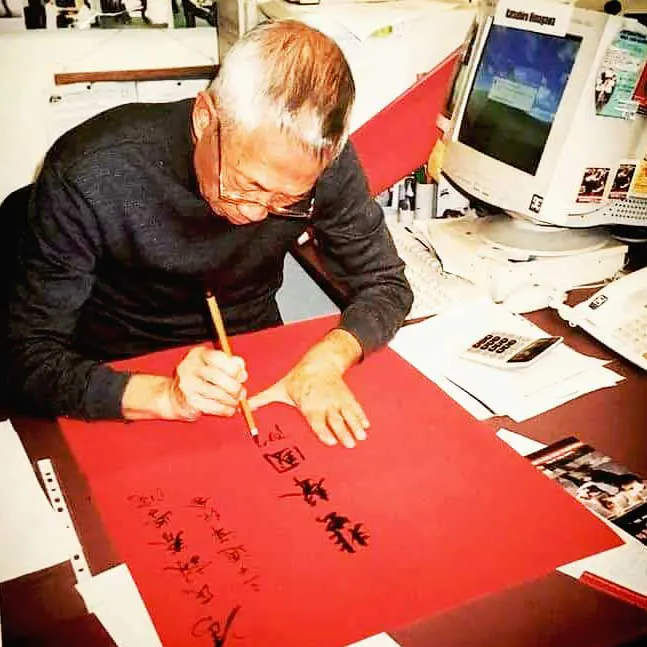
By Maksem Manler